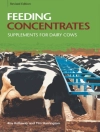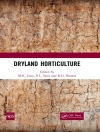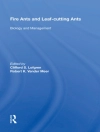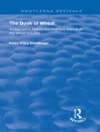
Agriculture is the oldest occupation in both India and the world. In India, more than 620 million tons of agricultural waste are produced annually, out of which only 25-30 percent is utilized for livestock feeding and energy production. Most of the Indian farmers, especially in the north-western region of India, are using crop residue burning practices to clear the field in the rice-wheat cropping system for timely sowing of the next crop. Burning crop residues releases harmful gases like CO2, CH4, N2O, H2S, O3, and smog. Human activities are also continuously increasing the concentration of greenhouse gases (GHGs) in the atmosphere. As a result, air pollution and a significant warming of the earth’s surface are happening. Due to the increasing population growth rate over the last few decades, agriculture wastes are also increasing day by day. Most of these wastes are misused either by burning or disposing without applying appropriate methods. This not only wastes potentially valuable resources but also increases the GHG emission in the atmosphere. Therefore, proper utilization and management of agricultural waste in an eco-friendly and sustainable manner will help mitigate the emission of GHGs and the harmful impacts of climate change. There are some traditional and modern methods for reuse, recycling, and recovery of agricultural waste. However, exploring new and alternative methods for utilizing these potentially valuable resources is very necessary for the benefit of humans and the environment.











